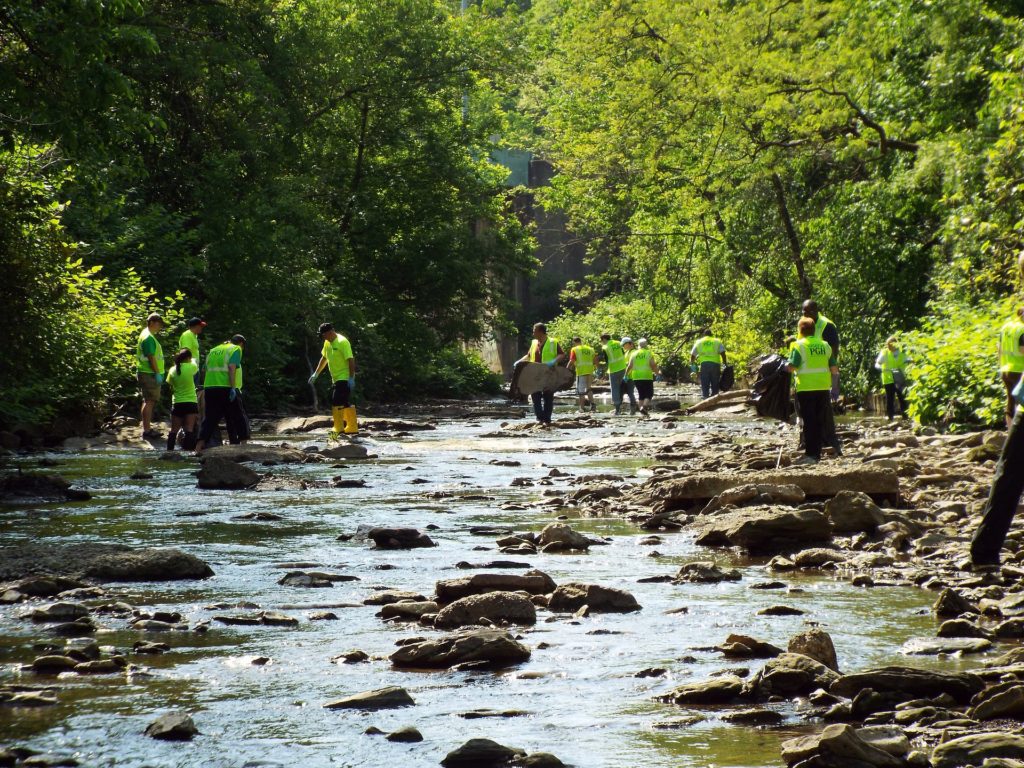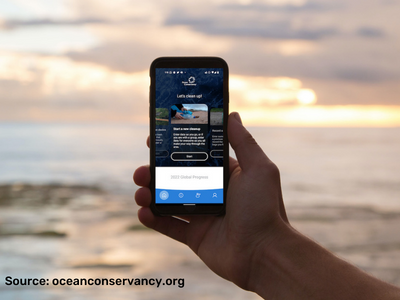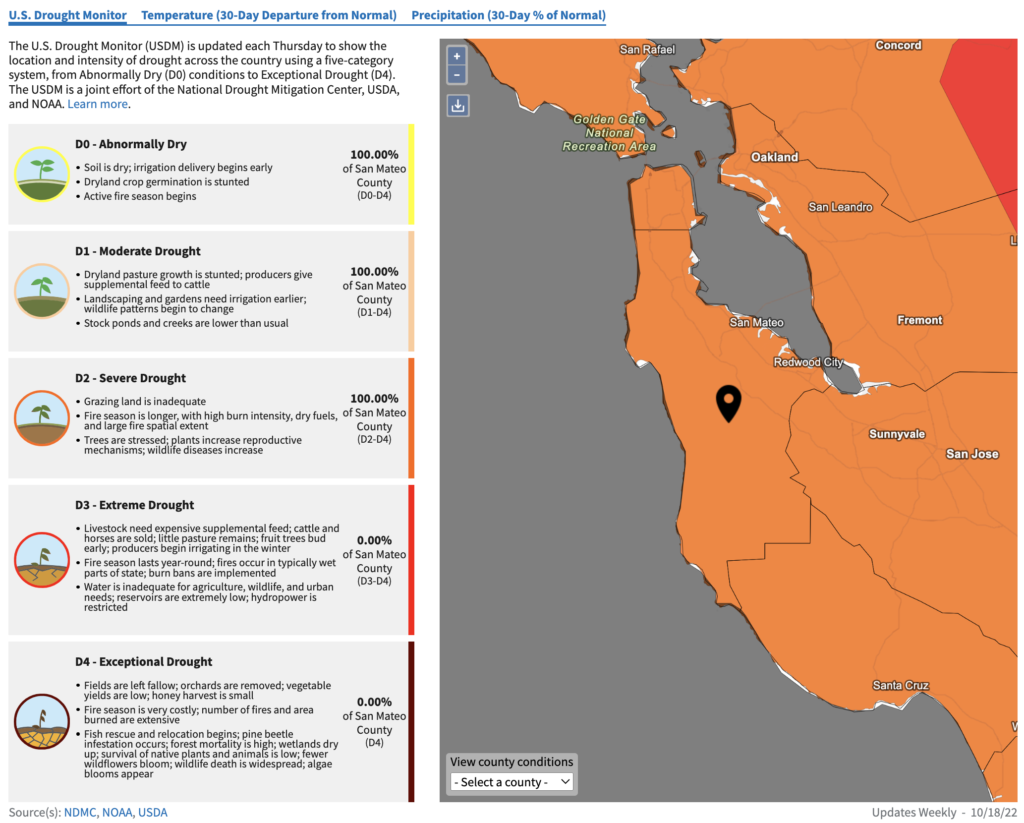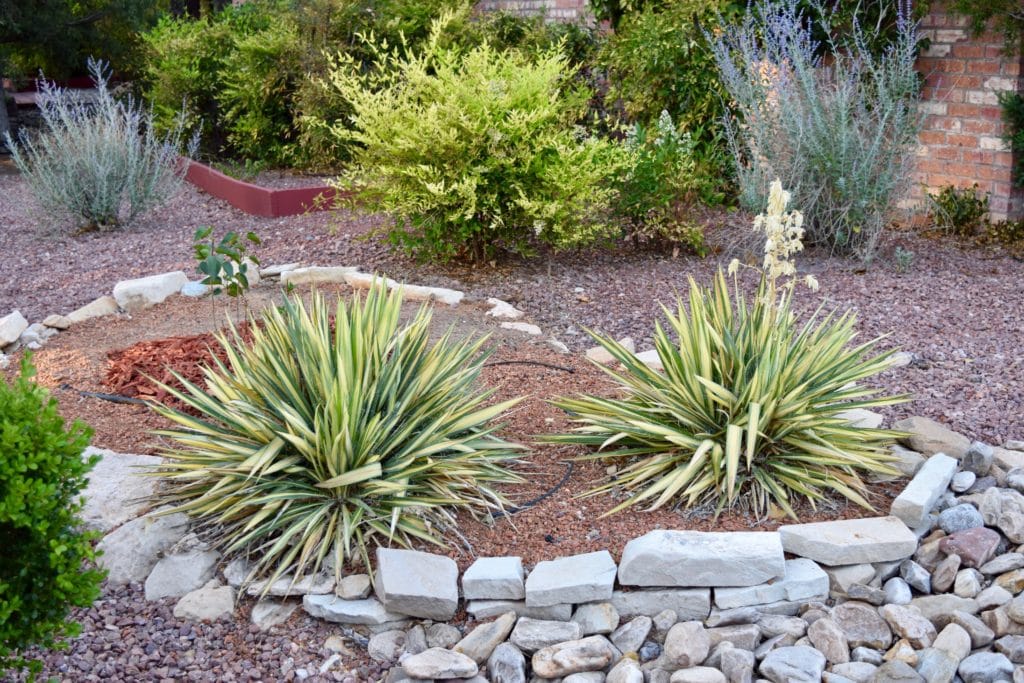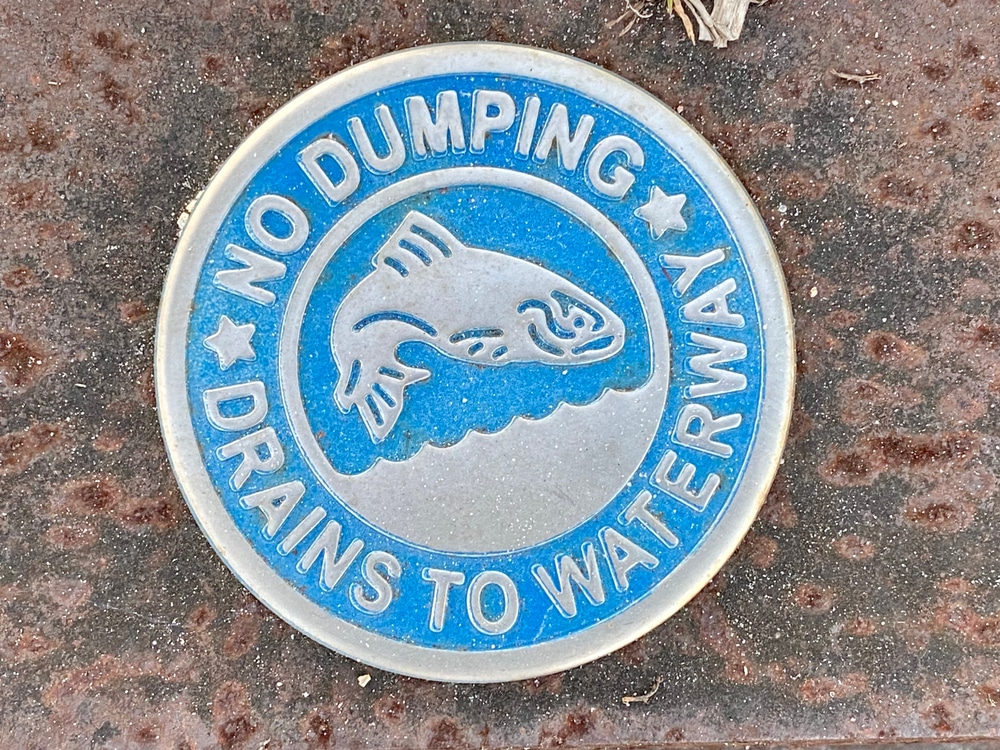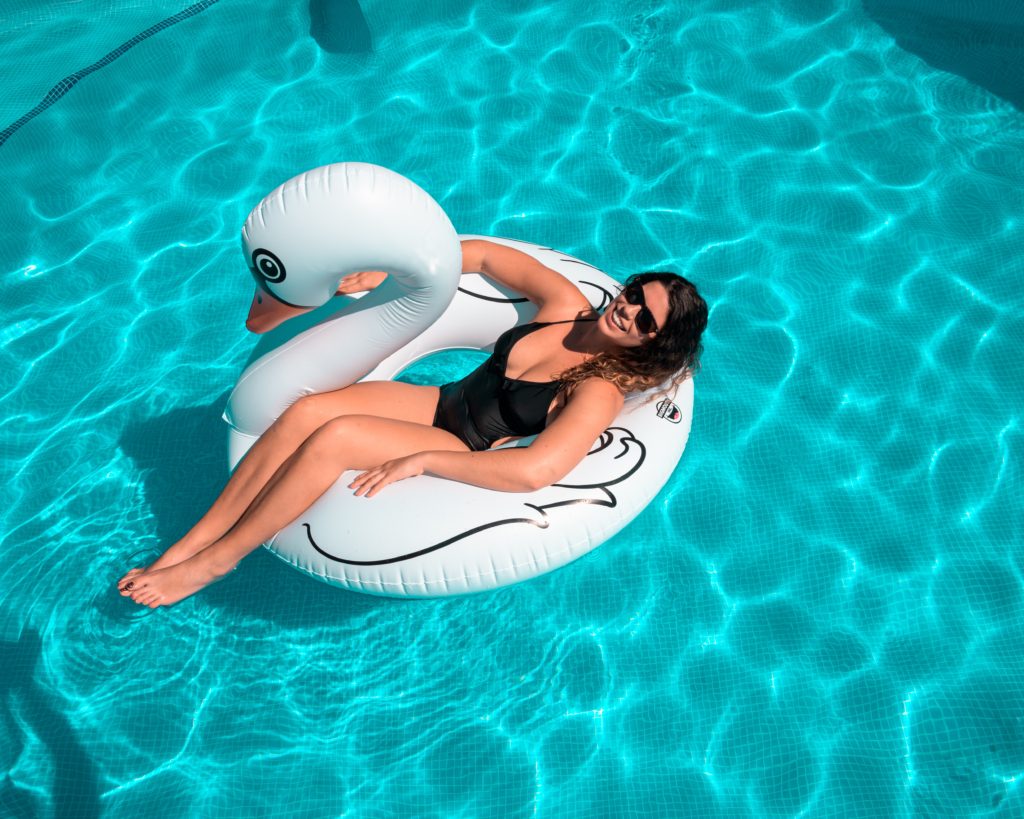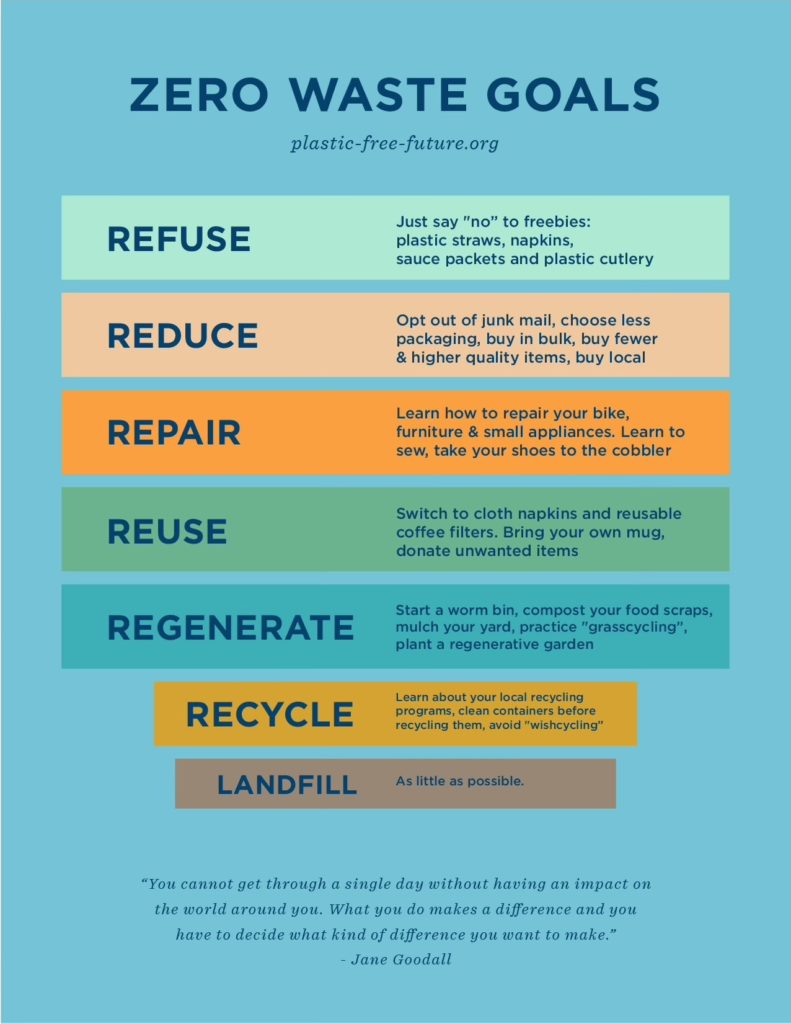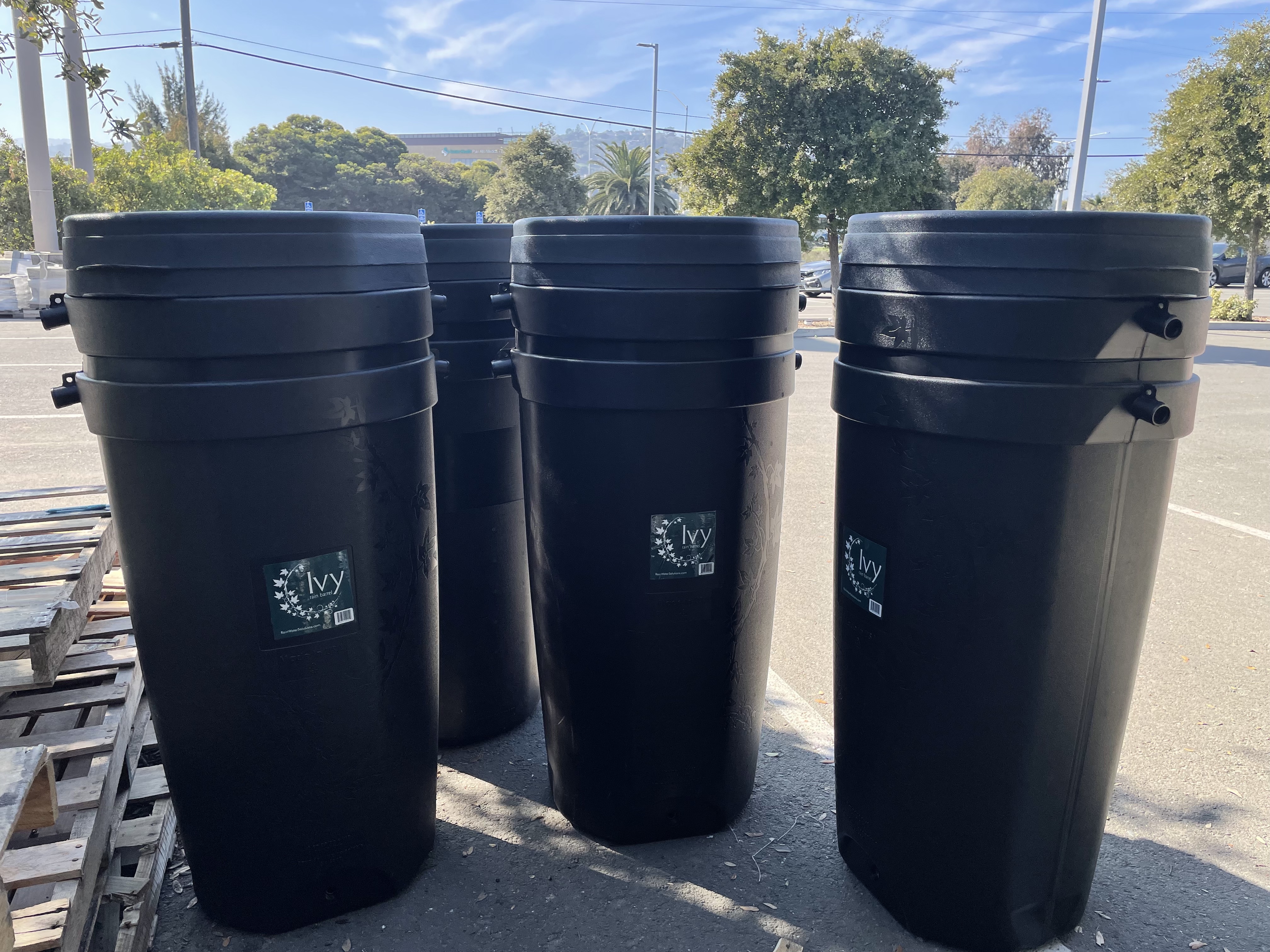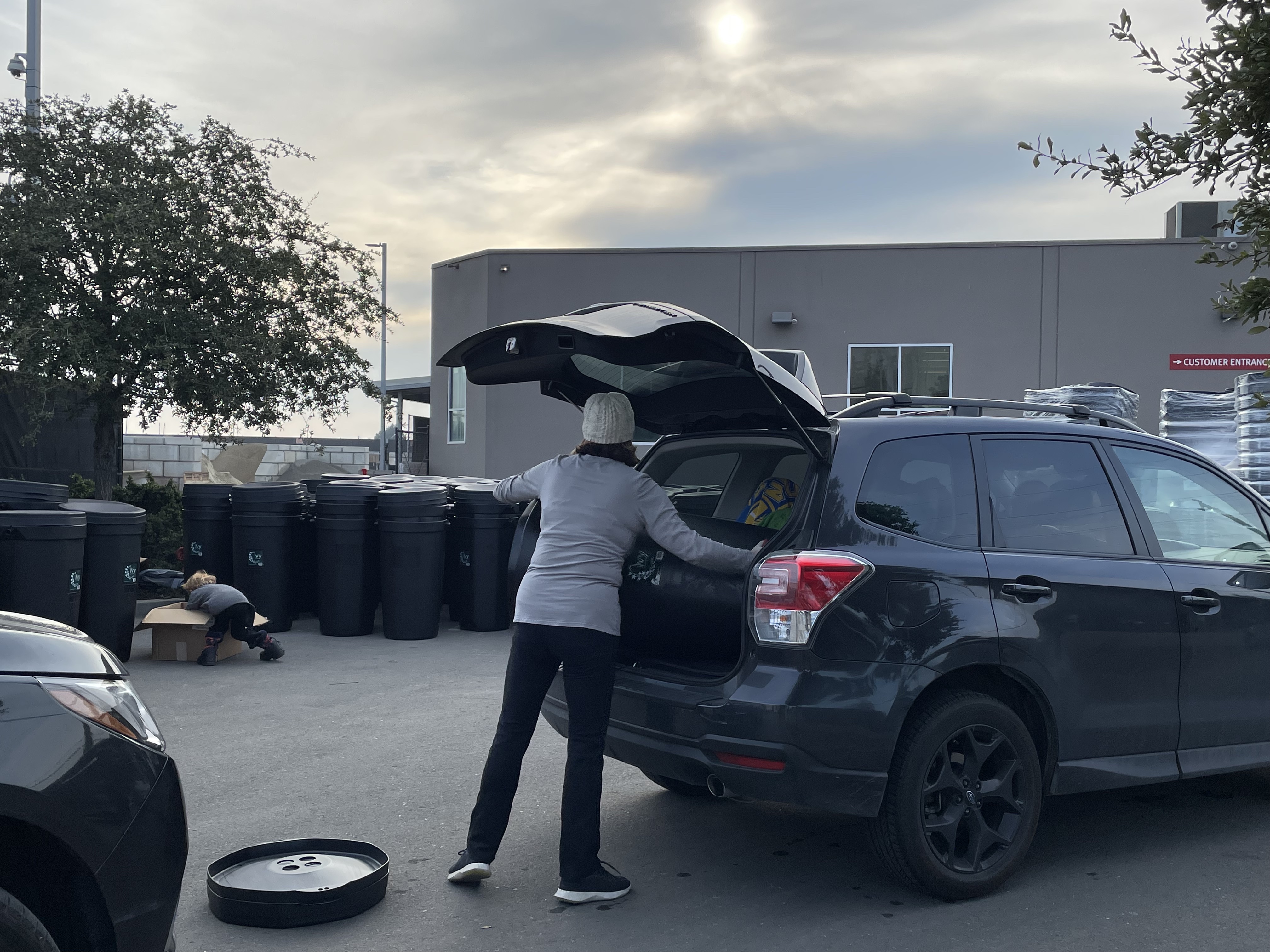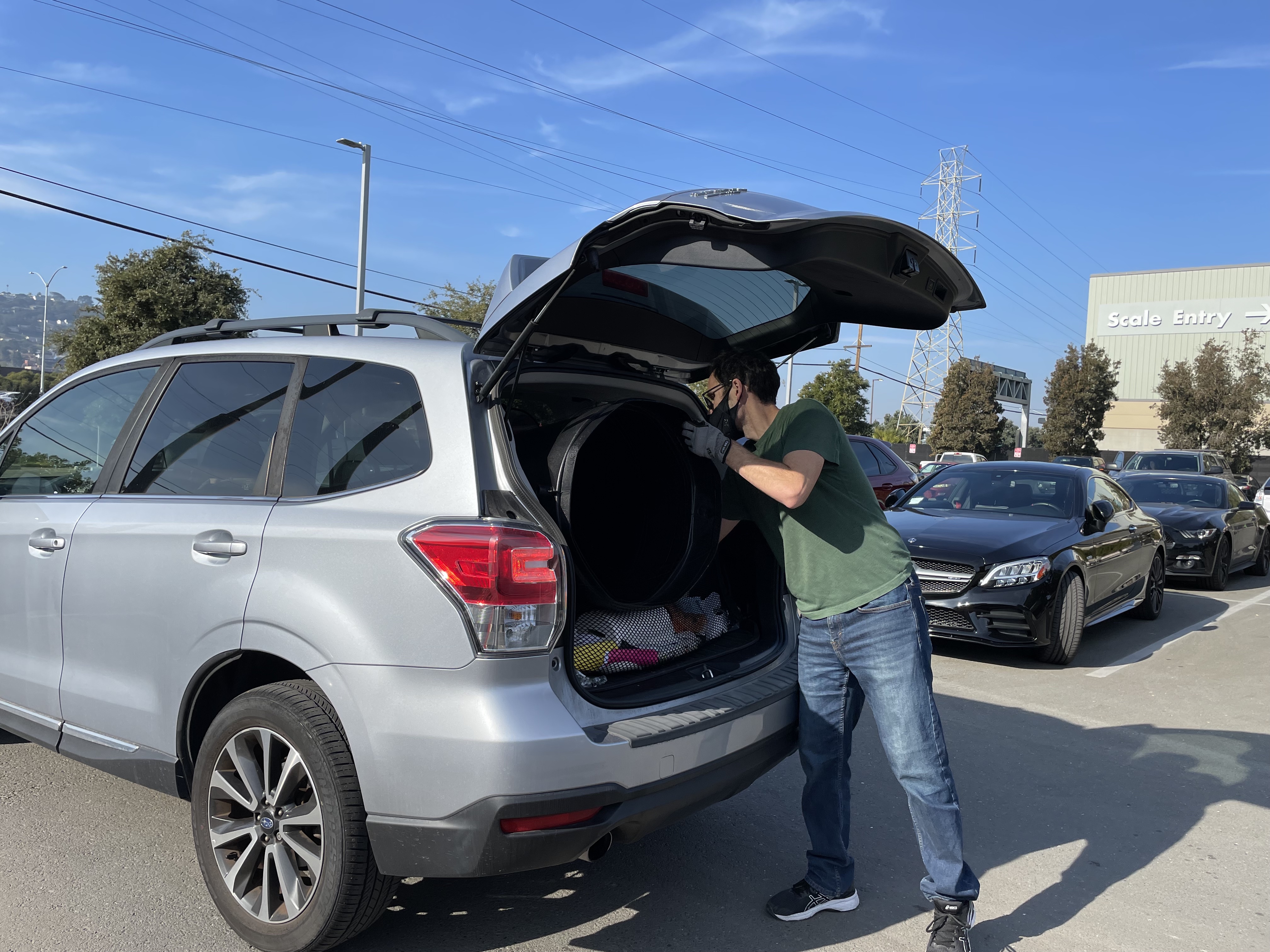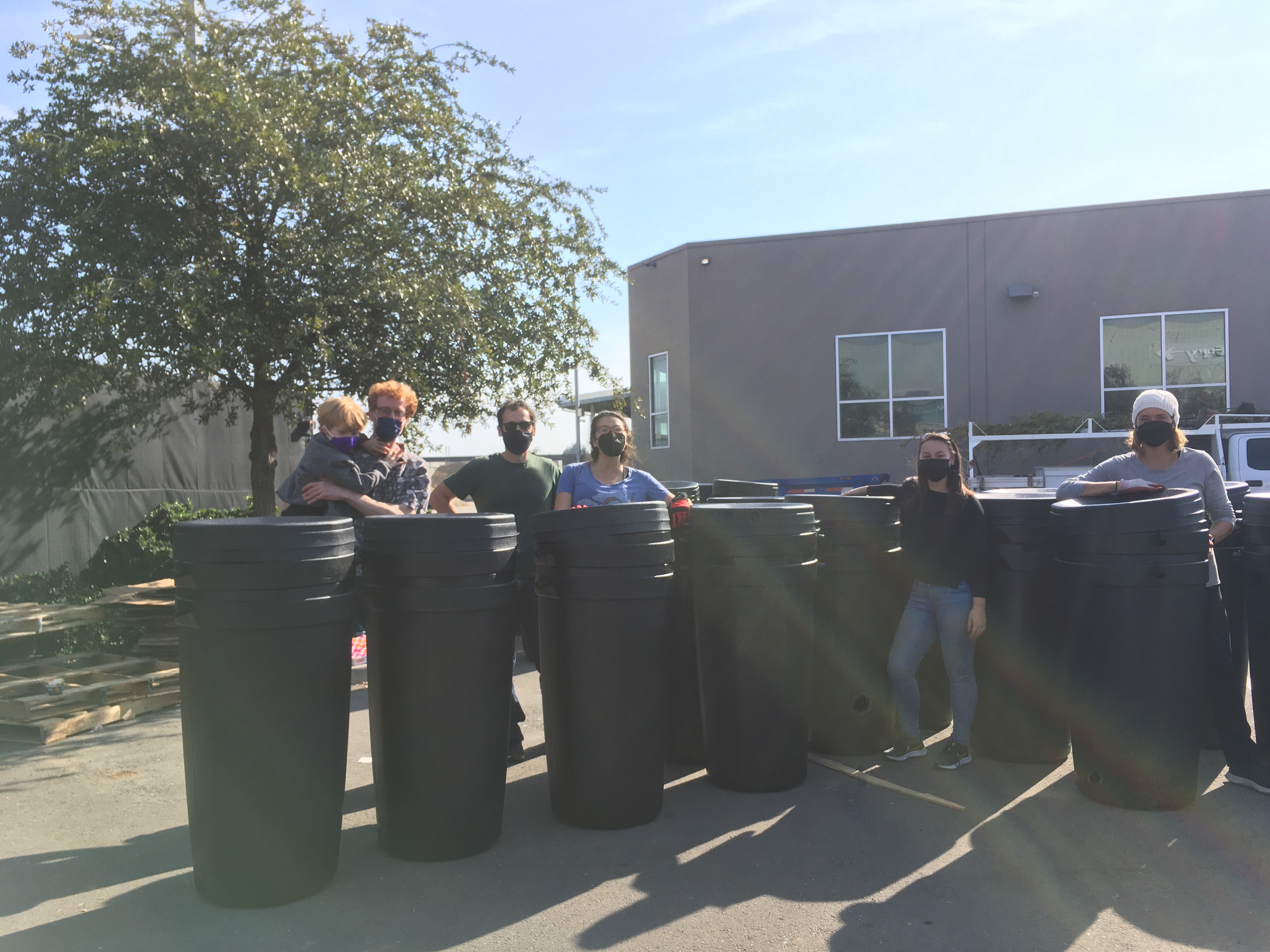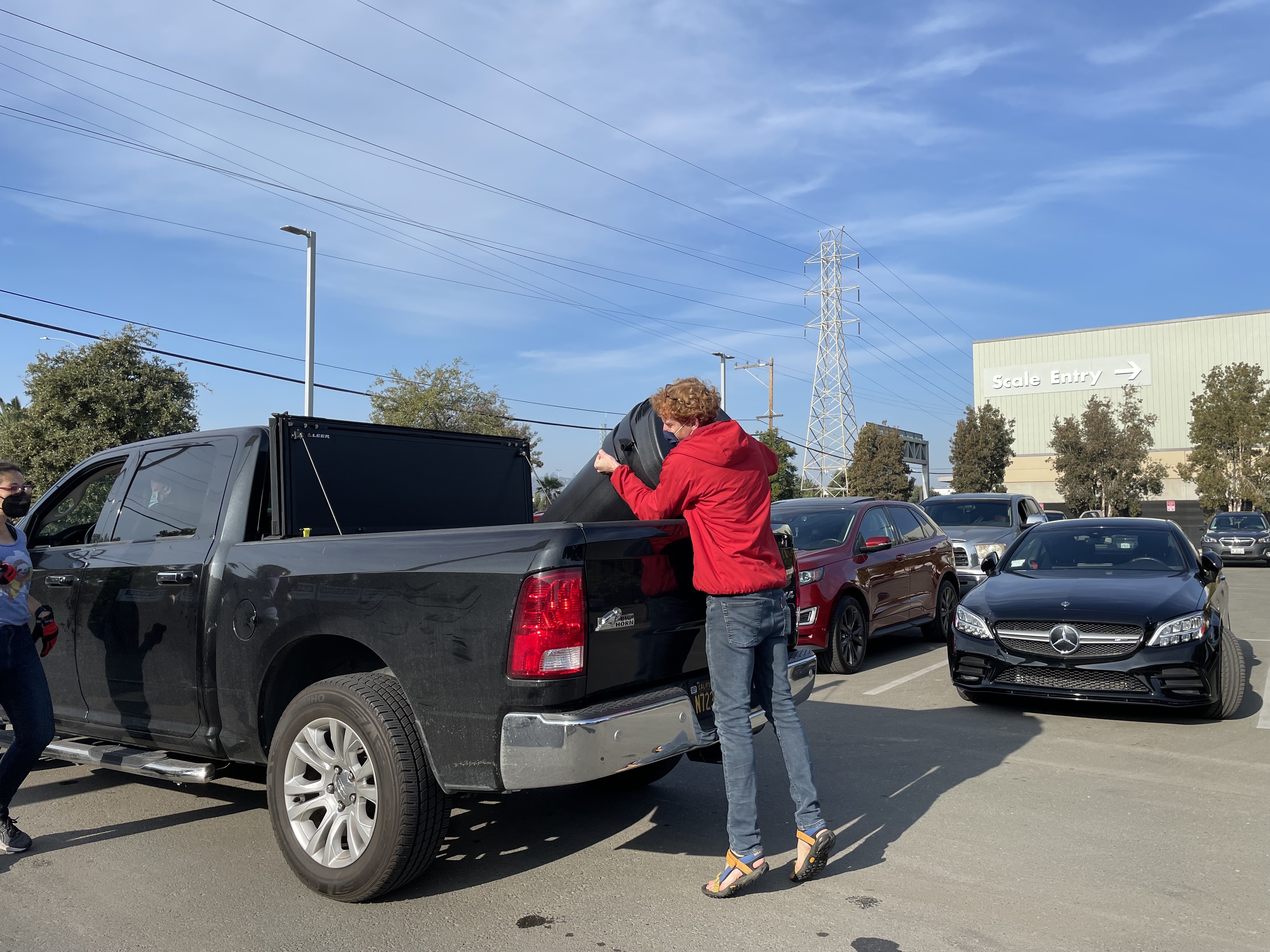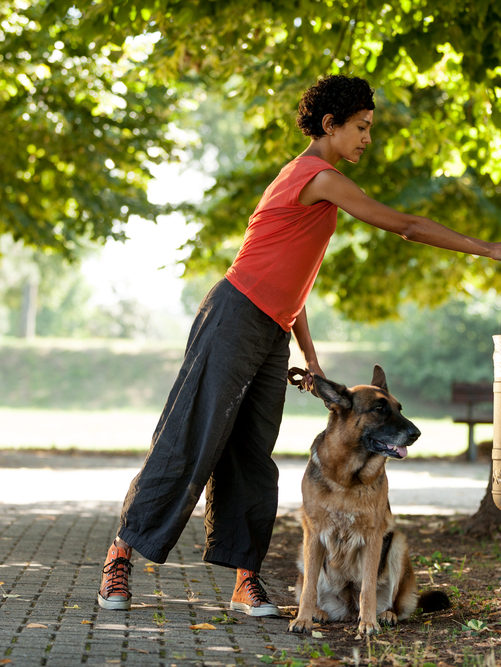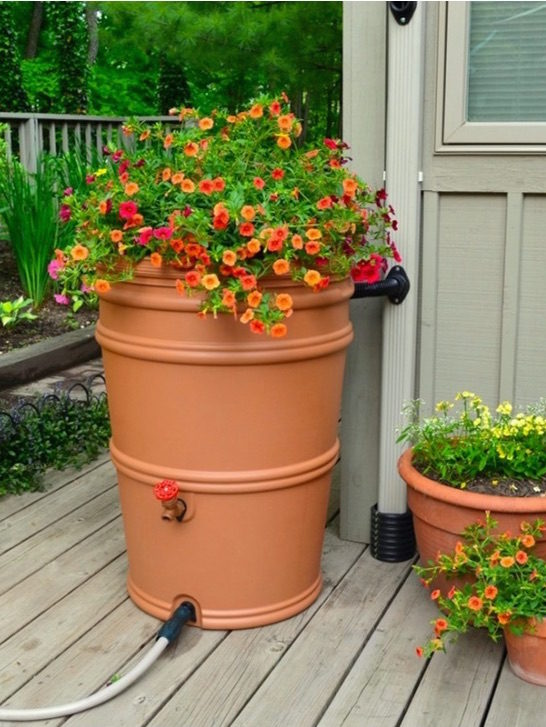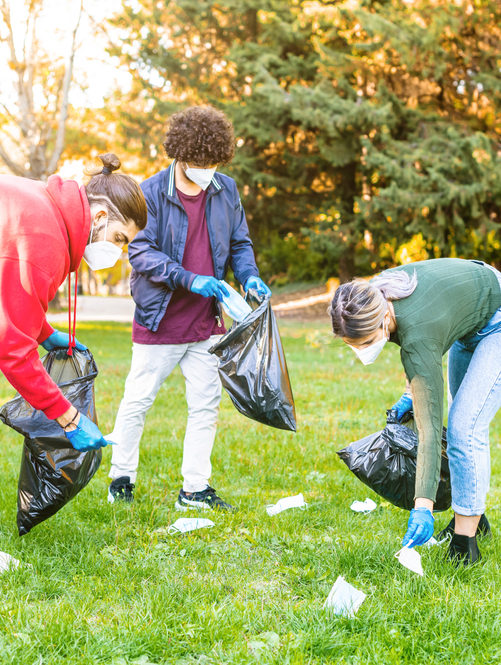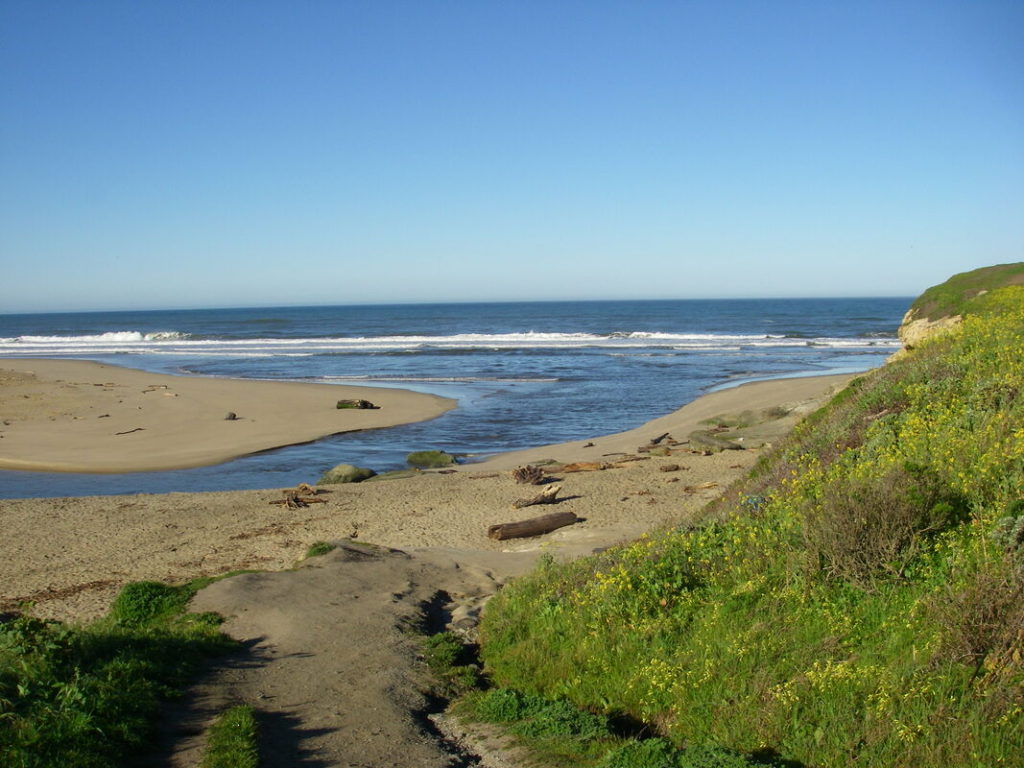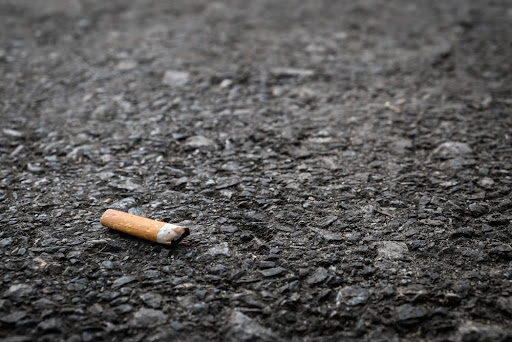Did you know that over 10 million tons of plastic are dumped into the ocean yearly? Our oceans and marine life are drowning in plastic – most of which are single-use materials. On the bright side, big changes are coming to address this massive issue. On June 30th, Senate Bill 54 (SB 54) was signed into the California State Legislature. Specifically addressing plastic production and producer responsibility, this bill can shift the tide regarding plastic pollution and its impact on our waterways
What is SB 54?
The Plastic Pollution Prevention and Packaging Producer Responsibility Act, or Senate Bill 54, sets stringent timelines to reduce and eliminate the production of single-use plastics in California. With the timelines requiring a transition to recyclable or compostable packaging, this bill ensures that the packaging industry takes action towards a pollution-free environment. The bill sets the following goals:
- By 2032, 25% less plastic packaging will be produced. Of the single-use plastics still being made, 65% must be compostable or recyclable.
- A Producer Responsibility Organization (PRO) will be created to oversee and enforce regulations on single-use plastic producers.
- Single-use plastic producers will be required to pay an annual mitigation fee of $500 million, all of which will go towards mitigating the effects of single-use plastic on the environment and human health
Why SB 54 Is a Win for Stormwater
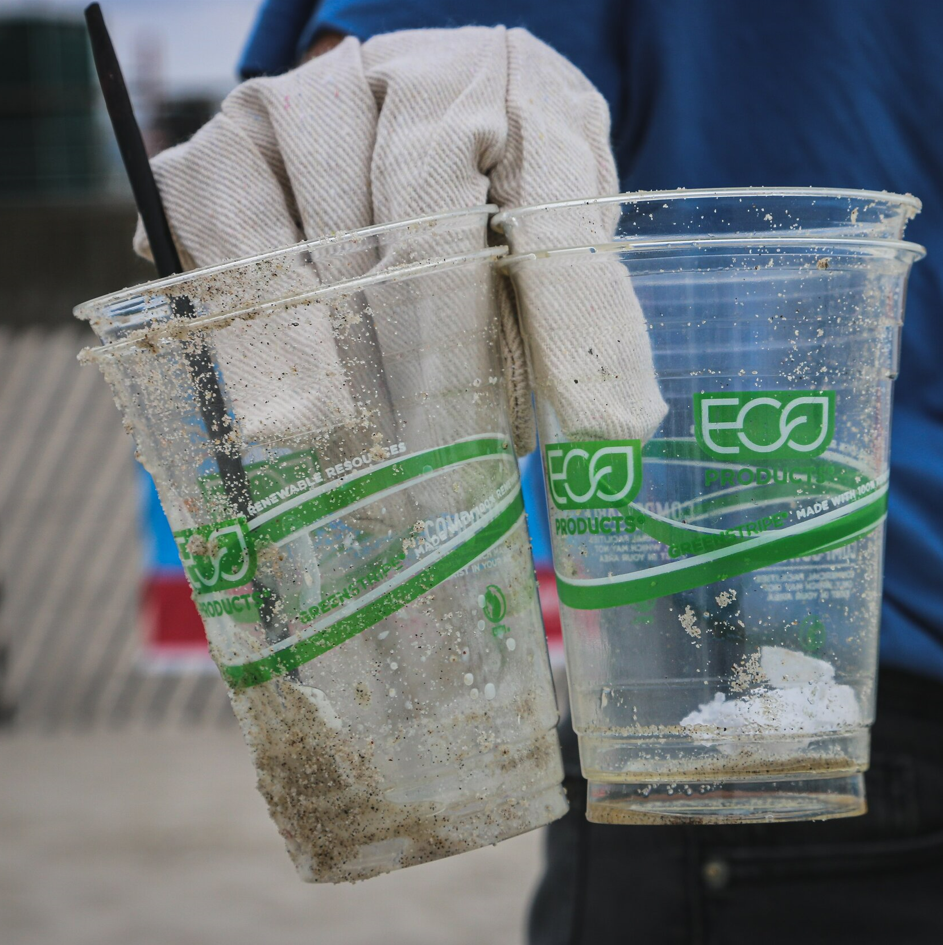
90% of plastic in the ocean is windblown and waterborne from urban areas, meaning that stormwater is one of the most common ways plastic gets transported to larger bodies of water. When plastic enters bodies of water, animals may entangle themselves in plastic materials or mistake plastic for food. Additionally, plastic products may break into smaller and smaller pieces, which are considered microplastics when they reach less than 5 millimeters in size. When marine life ingests microplastics, human health is at risk because we eat the seafood that has ingested microplastics! With less plastic produced, less plastic will enter our waterways and pollute our ecosystems and community.
“True Source Control (the elimination of a pollutant at its source) and the use of alternative products offers the most effective and economical approach to the elimination of many pollutants that impair the beneficial uses of California’s waterways.”
Karen cowan, Executive Director of the California Stormwater Quality Association
Zero-Waste Initiatives Near You!
San Mateo County agencies and businesses have already been taking steps to cut back on single-use plastics!
In a recent blog, we share the story of Byrd’s Filling Station, San Mateo County’s first zero-waste store. Here, you can bring reusable bags and containers to fill up on bulk foods and household items. Additionally, Reusable San Mateo County partners with local food businesses to incorporate reusable containers in lieu of single-use plastic. Find locations implementing reusable/non-plastic practices near you using this map!
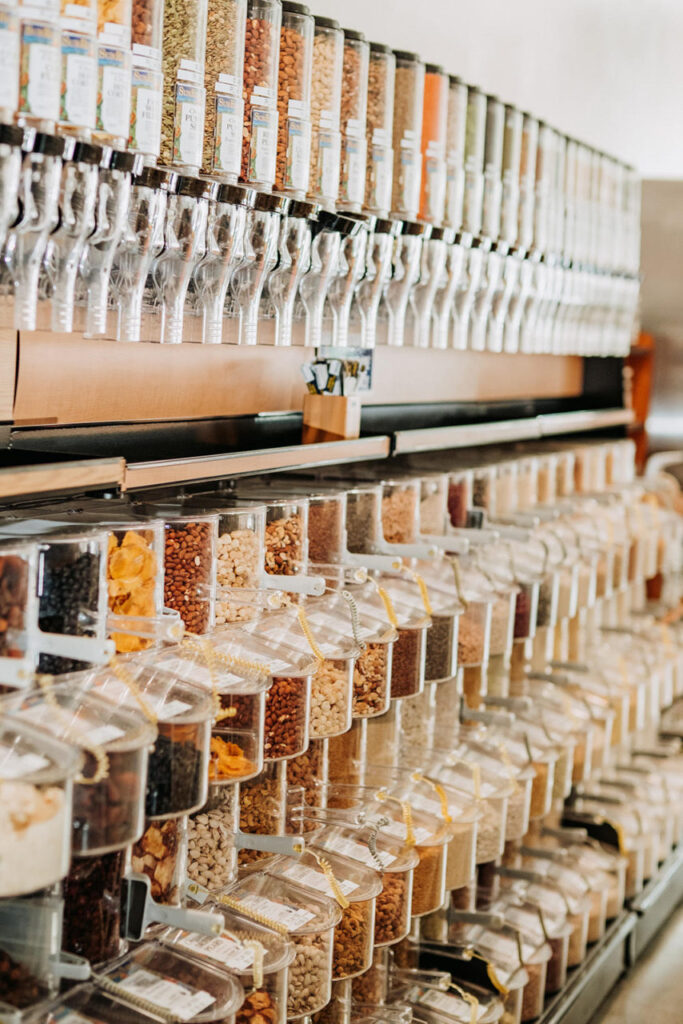
“Waste” No Time- Stay Updated
As the transition away from single-use plastic continues, see the change for yourself and try taking small steps to introduce zero-waste behaviors into your lifestyle. Share your efforts with us on social media!
- Facebook: @FlowstoBay
- Instagram: @FlowstoBay
- Sign up for our e-newsletter!
